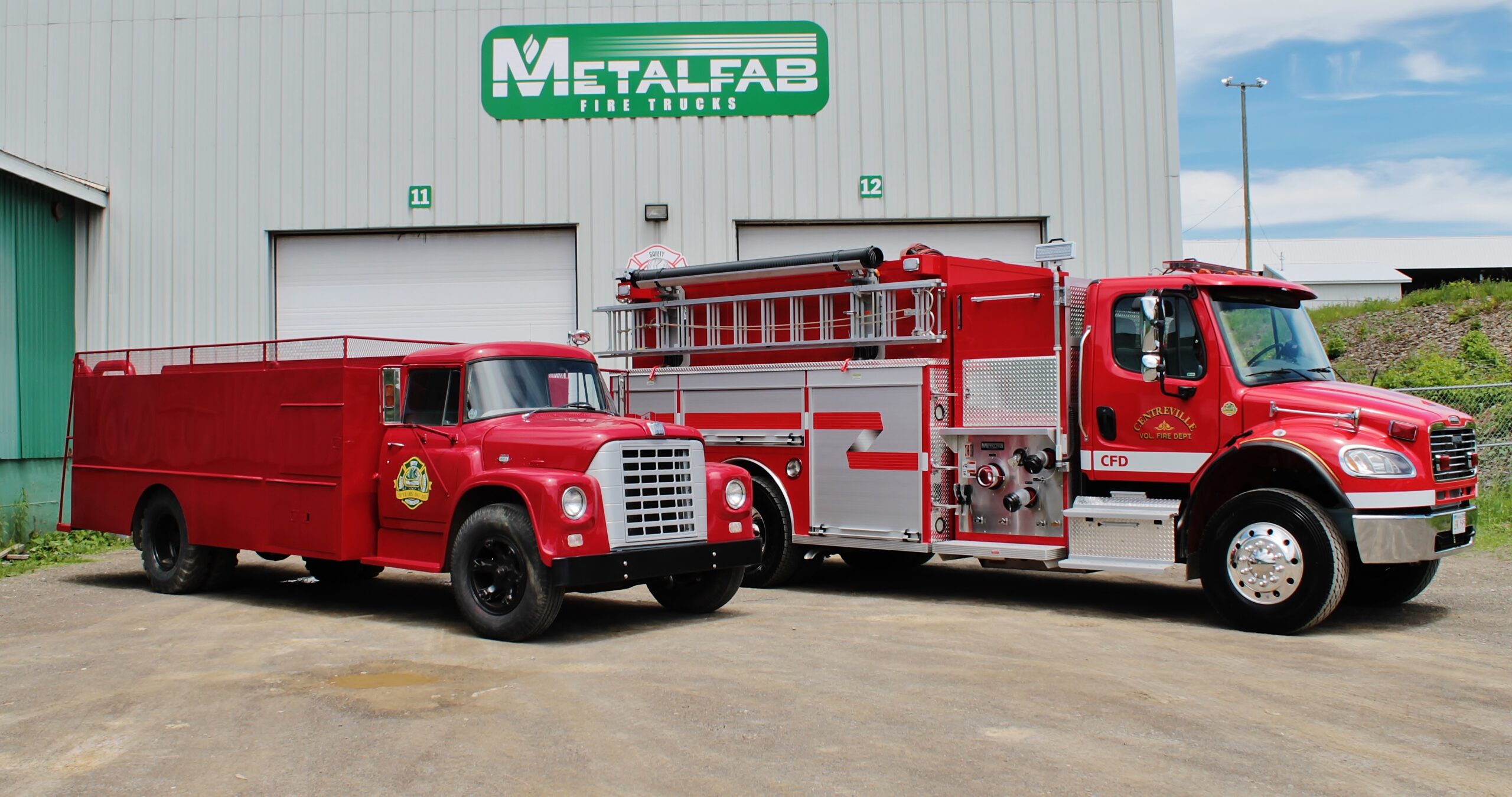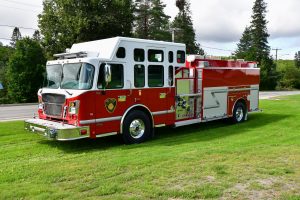

In the quickly contracting economic climate, municipal budgets are tight. With fire chiefs looking to save in whatever ways they can, it can be tempting to cut costs on purchases of expensive apparatus, including your truck‘’s chassis cab.
Price is just one of the many facets you need to consider when choosing a chassis cab that‘’s right for you. In addition to price, think about your department‘’s needs for seating space, length, height, turning radius, service facilities, safety features, weight, constituents, paint finish, and drive systems.
It‘’s true that a custom chassis will come with a price tag $100,000 to $150,000 (USD) above the cost of a commercial chassis, but there are a host of reasons to pay this premium.
The obvious difference between custom and commercial chassis is architectural design. Custom chassis boast shorter wheelbase minimums, more spacious interiors, and enhanced cab storage options.
A commercial chassis typically seats only five people, whereas a custom chassis can comfortably seat six to ten. Limited legroom in a commercial chassis makes it difficult to adapt for air pack seating.
Plan for no more than four SCBA seats in a commercial chassis. A custom chassis allows for five to nine SCBA seats.
Custom chassis often have wider door openings and shorter step heights, easing entry and egress. Commercial chassis tend to be higher from the ground, which can make entry and egress slightly challenging. Custom cabs also allow for raised and notched roofs whereas commercial cabs are limited to standard features.
Exterior storage on custom cabs is typically more ample. Examples of these options might include EMS cabinets behind the front seats and large storage areas in extended length areas of the cab. These options cannot be designed into a commercial cab, although commercial apparatus still provides plenty of space to mount reels and does offer some lower storage compartments.
If you require a tighter turning radius on your unit, a custom cab would be recommended due to the cab forward design. The heights of commercial and custom chassis are comparable, although commercial tends to come in slightly lower on average. If height is an issue for your station, this may be an important consideration.
Commercial service facilities may be located closer to your facility, but custom chassis manufacturers generally use local–to–you service centers as well. We‘’ll work with you to coordinate any repairs that can‘’t be performed at your station.
With proper maintenance, each platform can last 15 years or more. Custom chassis tend to last upwards of 20 years or beyond without major refurbishment. At Metalfab, our units generally see a 15– to 20-year lifespan depending on the call volume of the fire department.
Both commercial and custom chassis typically offer electronic stability control, but be sure to confirm this with your dealer. When researching a potential chassis, it‘’s important to ask the dealer which safety features are available with each potential chassis.
A notable difference between custom and commercial chassis is the absence of front– and side-impact airbags from the commercial platform.
Custom chassis tend to be more durable, but they are typically heavier and require larger axles and tires. A commercial chassis may be preferred if your department is looking for a more lightweight apparatus.
Although a small segment of the market still uses stainless steel, custom cabs are primarily manufactured with aluminum plate. Commercial cabs, on the other hand, utilize mainly steel.
The motors used in both platforms are limited to engines that meet the current Emissions Standards, so there is no real difference between the two in this regard.
Paint quality for commercial chassis has improved significantly over the years as more custom paints become available. However, if you require a unique paint finish, your shade may still only be available through the purchase of a custom platform. You can always pay to have the commercial cab repainted, but a custom chassis will include the paint job in the warranty, which will reduce hassle in the short– and long–term.
Don‘’t forget to evaluate the drive systems available in your chosen chassis. Your need for these systems will be dictated by the applications of the apparatus. If you require 4×4 capabilities, be sure to clear this with your chassis dealer before purchase. Although most custom chassis do not come with 4×4, it is a possibility where needed. Transmission placement is also a discussion that should be had prior to finalizing the design and sale.
Regardless of chassis style, the typical general warranty on a chassis is one–year. Other custom chassis warranties vary in terms, depending on the manufacturer.
More questions regarding your decision to buy a commercial or custom chassis? Call Metalfab’s Business Development Manager, Ryan Stacey, for more information at 1-800-561-0012, ext. 24. We’re always happy to help.
